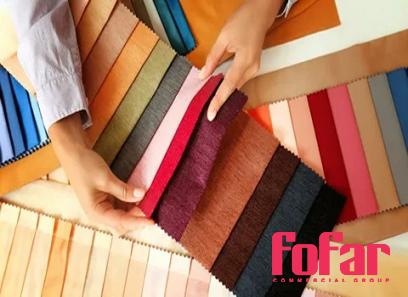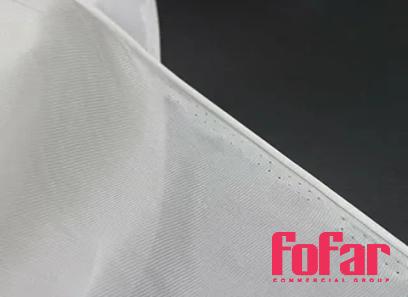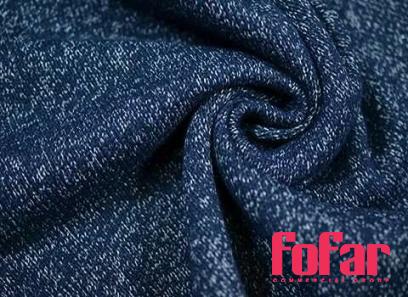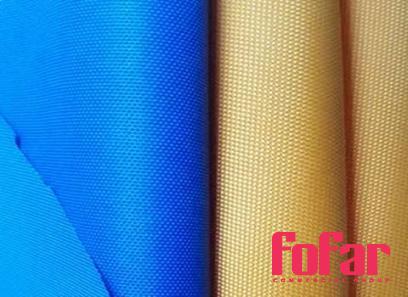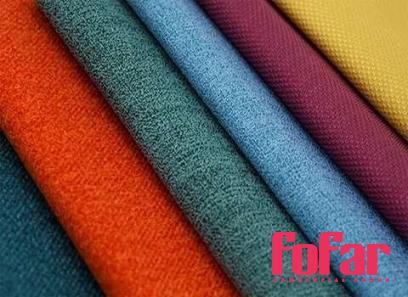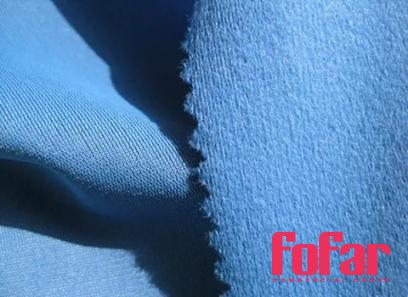Introduction of serge sheer fabric + Best buy price
In the same way that other fabrics do, the serge cloth has an edge
What exactly does it mean? The tightly woven edge of the fabric is referred to as the selvage or edge
It stops the ruffling or fraying that would otherwise occur on the side margins of the fabric
In your project, you should not use selvage
Because the selvage is more densely woven than the rest of the fabric, it is more resilient than the rest of the cloth, making it more challenging to stitch through
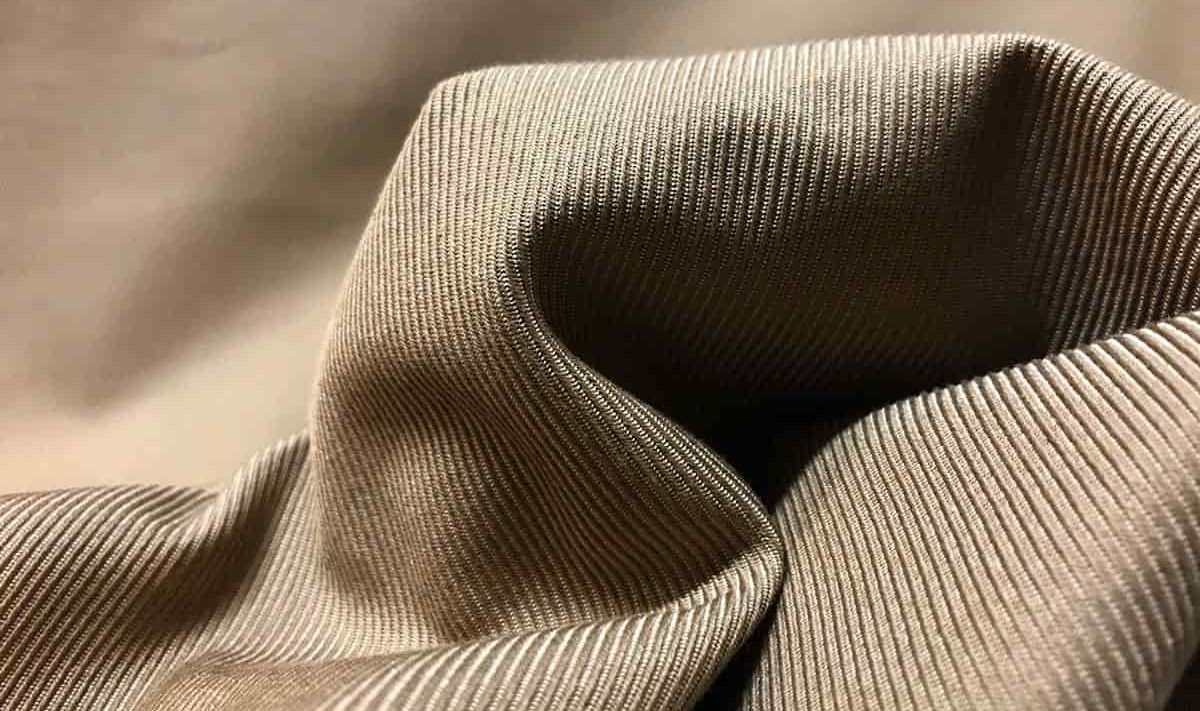
In addition, the selvage may contract when the garment is being washed and dried, causing the seams to become puckered and deformed
In certain types of cloth, the edge or selvage does not have any printing on it
It’s the thin white line that runs down the edge
There are times when the selvage is more difficult to identify
The shown piece of green fabric has a selvage that is the same color as the rest of the fabric
If you are unsure about a particular edge, you should attempt to unwind the threads
If the threads are stuck together and won’t separate, the problem is the selvage
Also, when you work with fabrics it is important how to stop fraying when you cut the edge
It means a professional finish helps us to get maximum durability
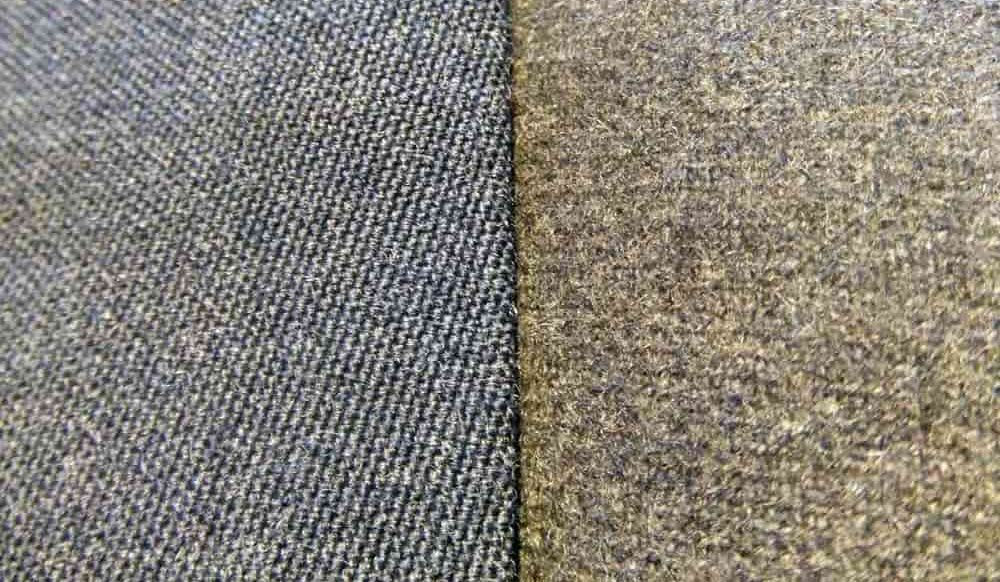
Serge fabric
The twill fabric known as serge has a long history of use in traditional applications such as the creation of suits and uniforms
This material, like other twills, has a characteristic weave that results in a pattern of diagonal ridges in the cloth, and it is well-known for being exceptionally robust and tenacious
In addition, it falls and drapes beautifully, making it an excellent choice for a wide range of body types and weights
It would appear that serge has been around for a very long time
The fact that the name comes from the Greek word serikos, which literally translates to “silken,” indicates that the fabric most likely made its way from China to Europe
By the eighth century after Christ, it is evident that people were utilizing serge, but the fabric was primarily accessible to those at higher social levels
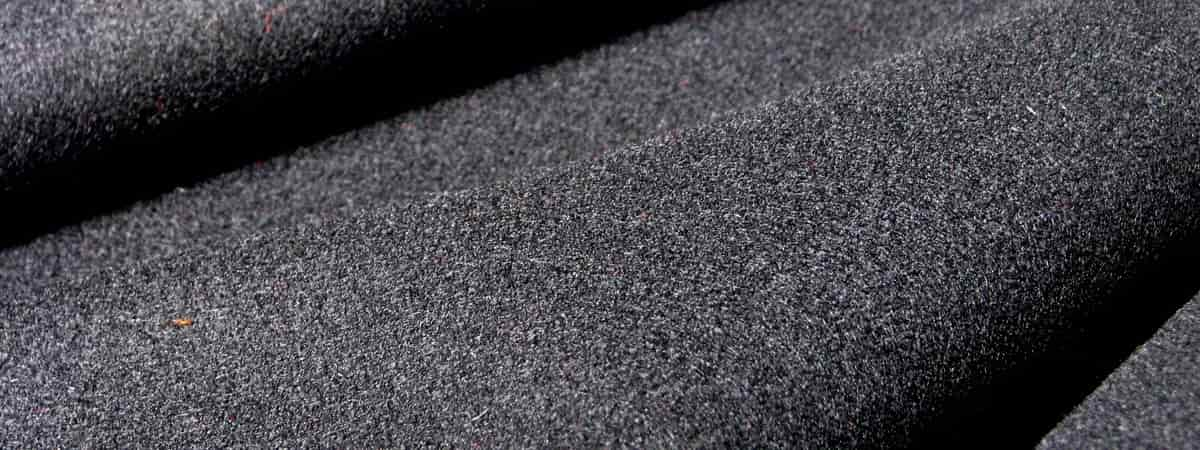
The Europeans also produced a variant made from wool, with production being centered in France by the 1500s
Typically, high-quality English wool was used in the production of this woolen version
It is possible to manufacture wool serge in both light and heavy weights, making it suitable for use in a wide range of climates
Wool serge is a great fabric for making uniforms and suits
It is a very flexible and resilient fabric, which means that it tends to cope quite well with being crumpled and pressed, which makes it convenient for extended wear
When a suit is tailored correctly, the cloth also drapes extremely attractively, which works very well to enhance the wearer’s form
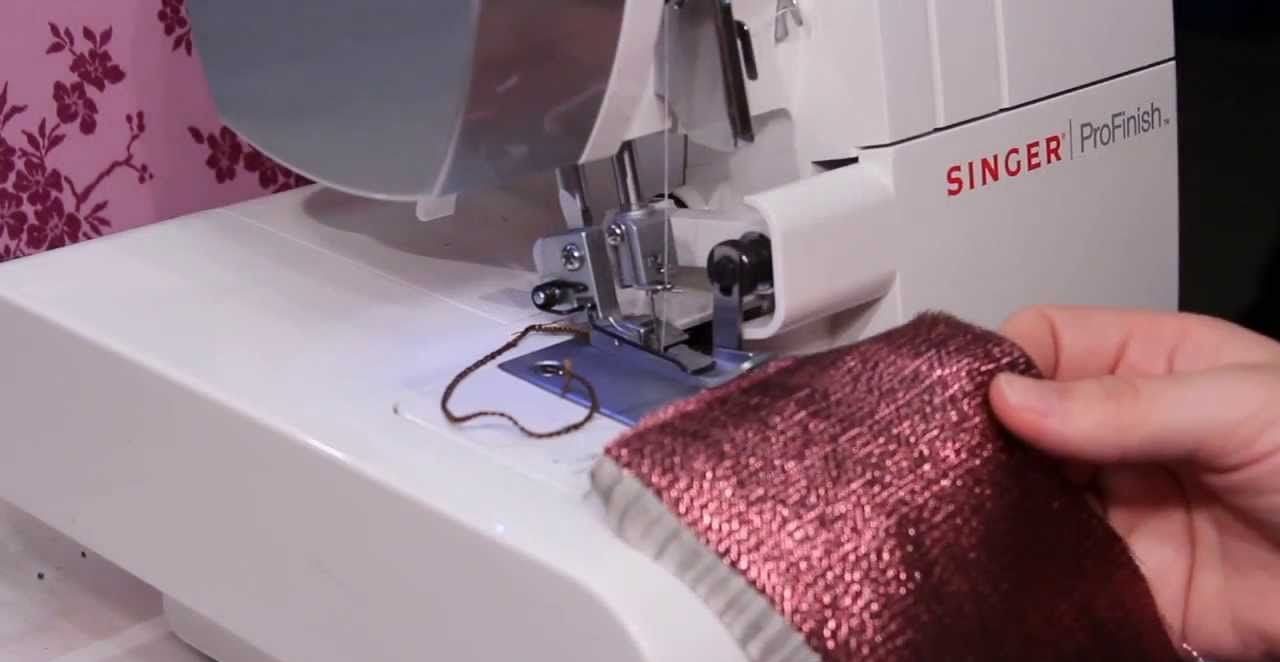
Serge fabric edge
When working with fabrics, whether you are sewing an article of clothing or working on a craft project, one of the most important aspects of the process is utilizing the necessary ways to limit fraying edges
You must prevent the cloth from fraying at the edge, and serge fabric does not constitute an exception to this rule
When cut, nearly all woven textiles will exhibit some degree of fraying, with a few exceptions, such as when you are working with fabrics that do not fray
In the event that you are unfamiliar with the term “fraying,” it refers to the process by which threads or yarns become separated from the remainder of the structure of the fabric along a cut edge
When working with fabric of any kind, it is essential to prevent the fabric from fraying as much as possible in order to obtain a lasting and expertly finished product
This is true regardless of the project at hand
Dressmaking makes use of a wide variety of clean finishing techniques in order to prevent the fabric from fraying and to complete the edges of the seam allowance or hem allowance
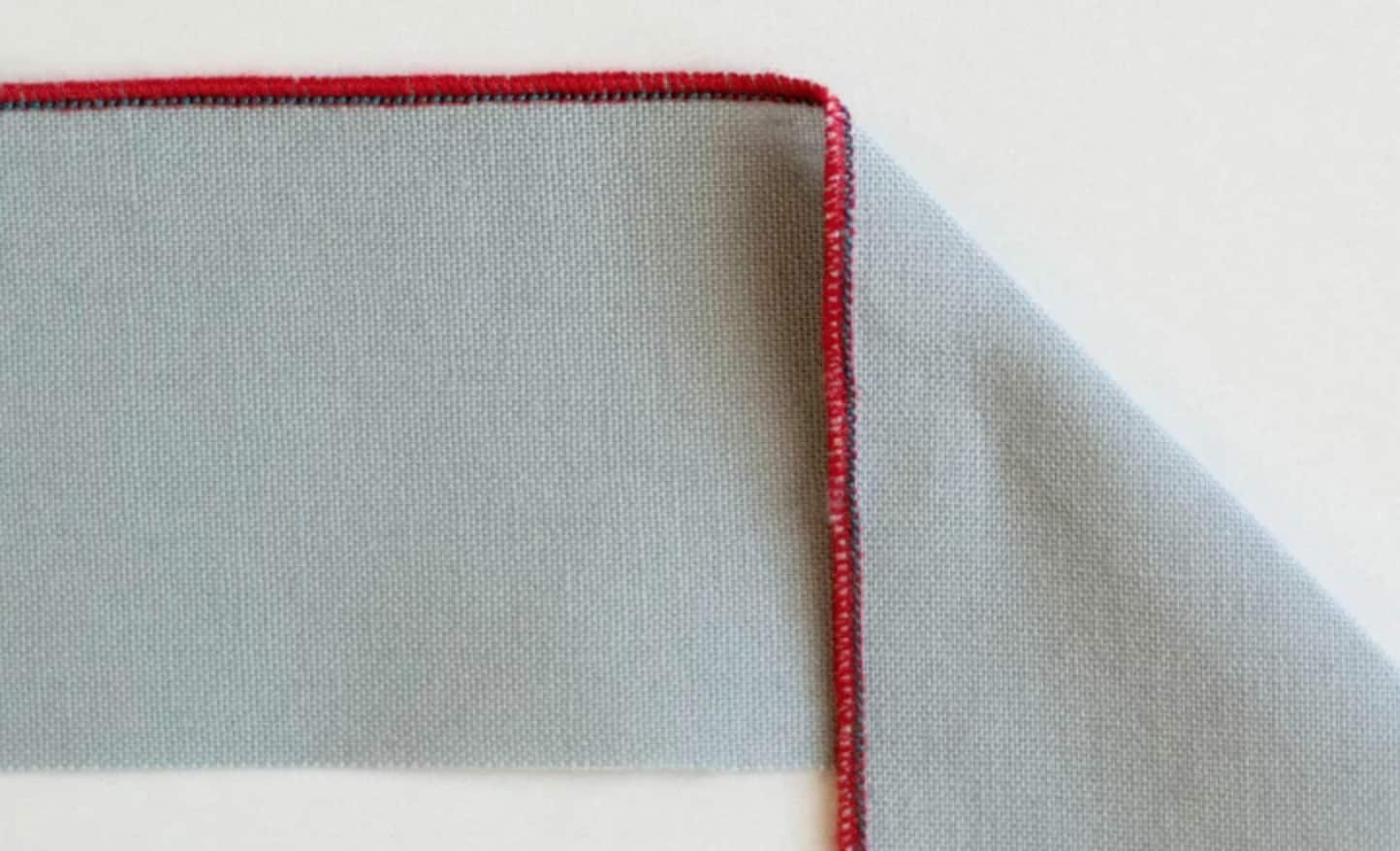
Stitching is required for nearly all types of sewing, whether it be a straight stitch, a zig-zag stitch (done on a home sewing machine), or even a traditional straight stitch
The use of some kind of stitching to prevent cut fabric edges from unraveling is by far the most effective method for ensuring a result that will last for a long time and will be completely functional
In contrast, no-sew fabric edge finishes do not rely on a traditional stitch (either a machine stitch or a hand stitch) to prevent fraying at the fabric’s edges
Finishing that does not require sewing is not commonly utilized in dressmaking since it does not necessarily produce a long-lasting and robust finish
However, they are very useful for containing unraveling edges on fabrics that are difficult to clean finish using a stitch, or on fabric cording and strips that cannot otherwise take on conventional stitching as a clean finish
This is because they have a zigzag pattern that runs along the edge of the fabric
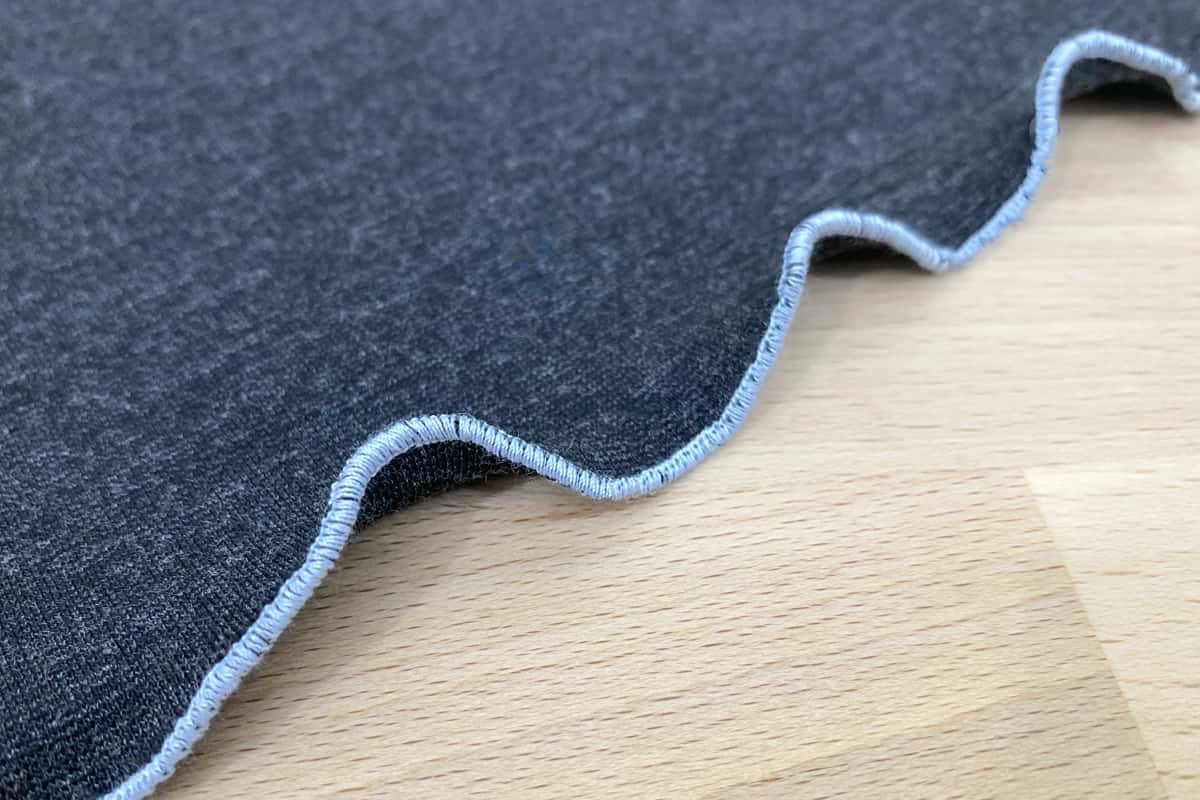
Serge Ferrari fabric specification
Serge Ferrari’s artistic vision creates beautiful fabrics
High-performance awning fabric Soltis Proof 502 (formerly Précontraint® Satin) Unique composite ensures structural integrity
The awning is a canvas roof-like covering that protects windows from the sun’s rays
The most important specification that you can count on it, is being water-resistant
This weatherproof awning material is colorful and stylish
Long-lasting UV, heat, and weather protection
Awnings, canopies, and other shade structures use it
This fabric is suitable for fixed frame awnings, light constructions, commercial or residential awnings, half-spherical awnings, pergolas, and entry canopies
Current home design trends emphasize building tranquil, engaging outdoor living spaces
Solar protection may add beauty to a patio or pergola, allowing it to be used even in wind, rain, or summer heat
Serge Ferrari fabric blends technical performance and a fashionable look inspired by architectural and décor trends
They’re great for traditional and modern outdoor environments and come in many colors
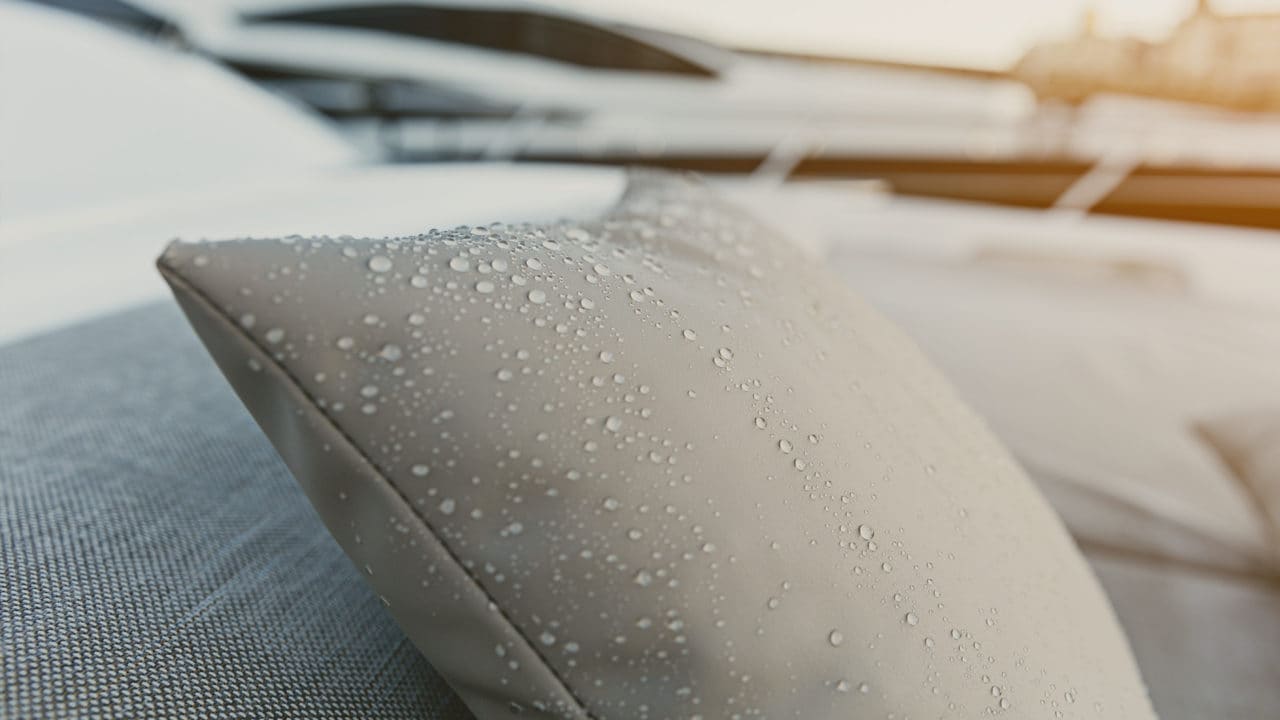
Serge Ferrari pioneered flexible composites
With high-quality goods for modular systems, industrial and environmental applications, and multicolored products
Through image communication, the brand has become a sun protection leader
Tensile and insulating structure
Serge Ferrari has discovered a new material that is light, strong, and durable
Always be creative
You’re a flexible composite membranes technological leader
Serge Ferrari Group products help build beautiful, robust, light structures
Serge Ferrari designs high-performance textiles
Soltis is an amazing solution that protects indoors and outdoors
Soltis is a series of sun-protective composite textiles
These sheets provide heat or weather protection, opacity, and privacy
Soltis Touch is Serge Ferrari’s first indoor solar fabric
Its design offers thermal, visual, and acoustic protection and comfort
Soltis® B92 external blinds block UV, infrared, and visible light
Flex light composite membranes suit the durability and weather resistance needs of the building industry and modular projects
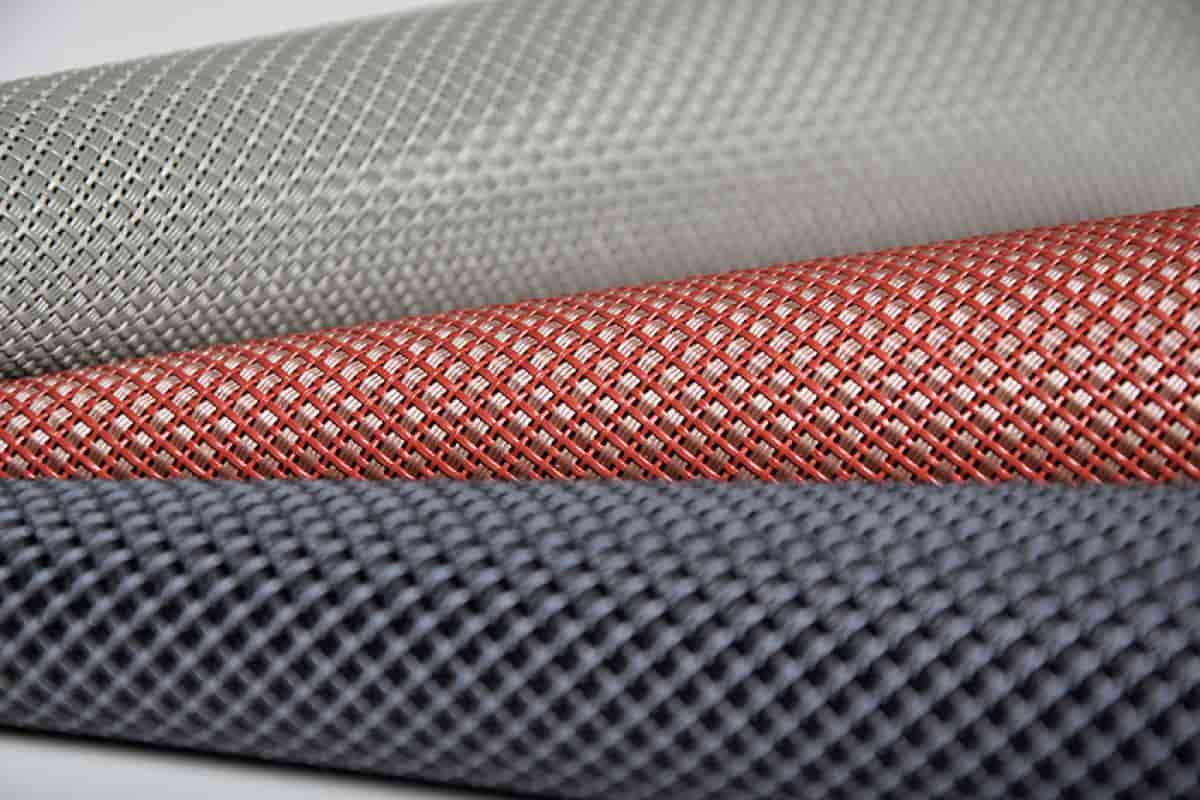
How to serge fabric with a sewing machine
If you have a sewing machine at home but you don`t know how to serge a fabric with it
Don`t worry it takes just two steps
In the first stage, the foot is attached, and the machine is prepared for use
Finish sewing the seams and then cut them to leave about a quarter of an inch for serging
Learn how to remove the machine’s regular presser foot by consulting the handbook for the sewing machine you now own
Change the foot to an overcast foot, then use the stitch selector to choose a stitch that is appropriate for serging, such as the zigzag or the overlock stitch
You can use any presser foot that has a large hole in the center of it in place of an overlock or an overcast foot if you do not have either of those
It is recommended that you use a stitch length and breadth of 2
5 mm and 3
5 mm, respectively
After positioning the cloth so that it is underneath the foot, check to see if the guide on the machine is lined correctly with the edge of the fabric
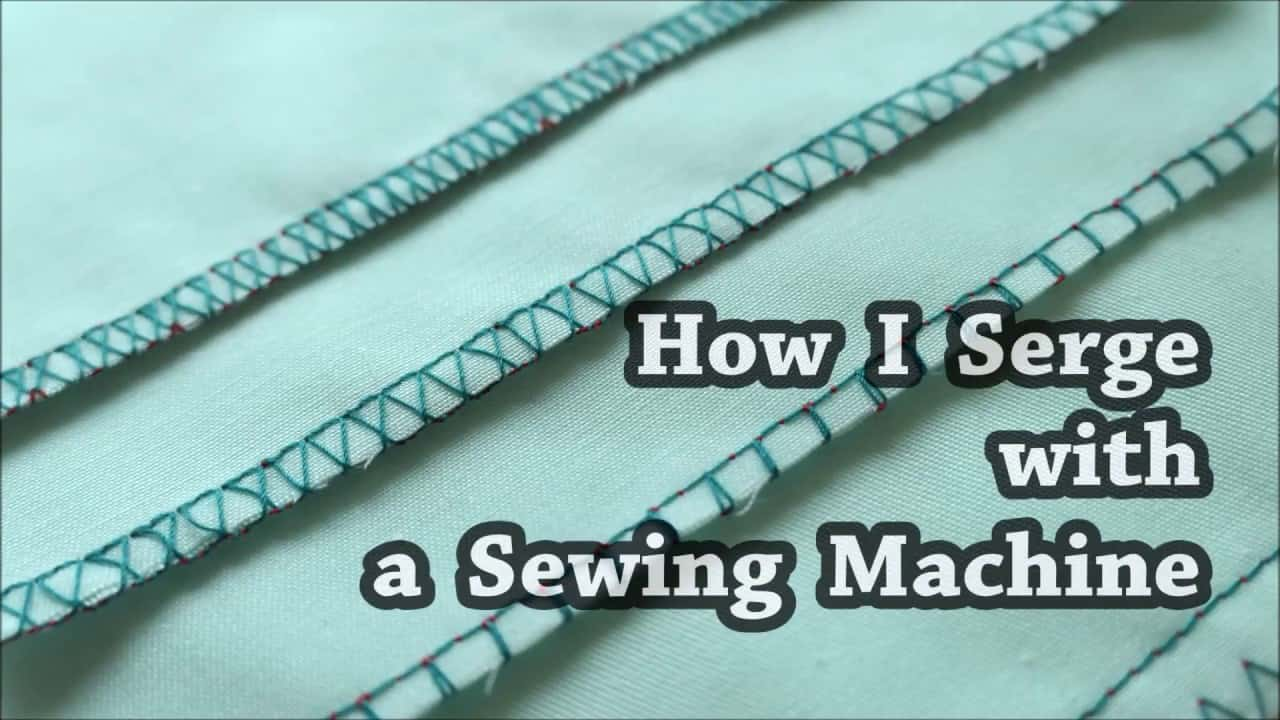
When working with light to medium weight materials, finish the seam allowance jointly, however when working with heavier weight fabrics, finish the seam allowance individually
Beginning to stitch is the second step in the process
Slowly turn the needle so that it is facing you, and adjust the width of the stitch if you find that the needle is contacting the foot
In order to prevent acquiring stitches that are uneven, align the needle with the bridge, and then make zigzag stitches along the hem of the fabric
When you are sewing the seam allowances, you need to check that the edges are lined with the guidance that is on the foot
Check to see that the right-hand tip of each zigzag is just barely touching the edge of the fabric
To ensure that the zigzag stitches are secure, backstitch at both the beginning and finish of the seam
Under no circumstances should you ever pull your cloth, and especially not after you have finished serging since this might cause damage to the stitches
To complete the process, press the seams open
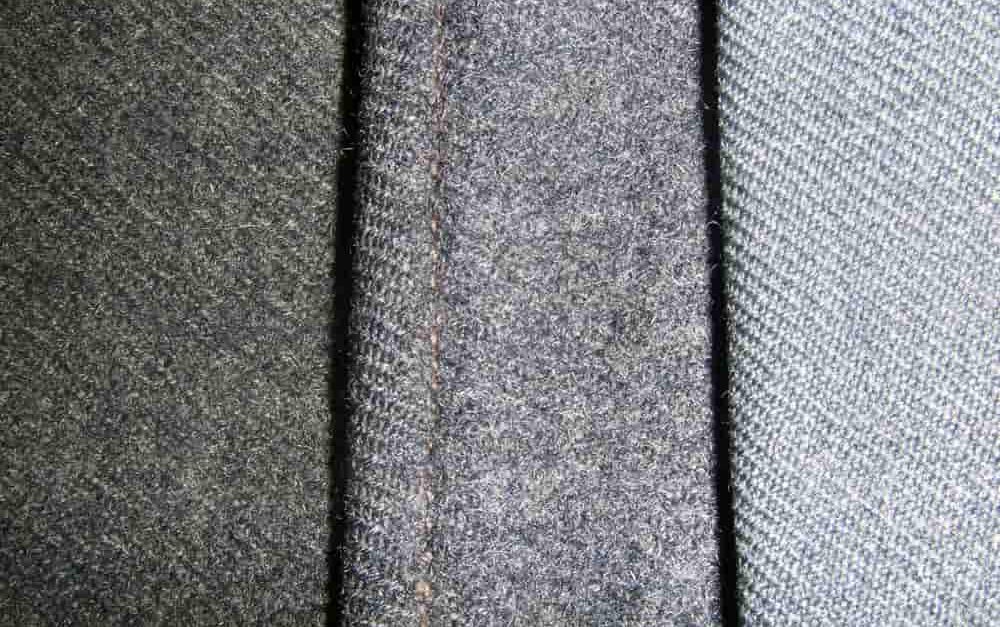
How do you serge fabric
If you do not have access to a serger, you can complete the serging process on your standard sewing machine to serge a fabric instead
You can accomplish this by using the overlock foot, and the finished edges of the project will have the same polished appearance as those produced by the specialized serger machine
In addition, if you want to finish the seams with your sewing machine, check to see whether it has an overlock or overedge stitch, or try using the ladder stitch or pin stitch instead
When using a conventional sewing machine to serge, it is important to first determine whether or not the machine is capable of the overlock stitch and whether or not an overlocking foot is included with the machine
However, if you are unable to complete the edge with an overlock stitch, you can achieve the appearance of a serger by using a ladder stitch
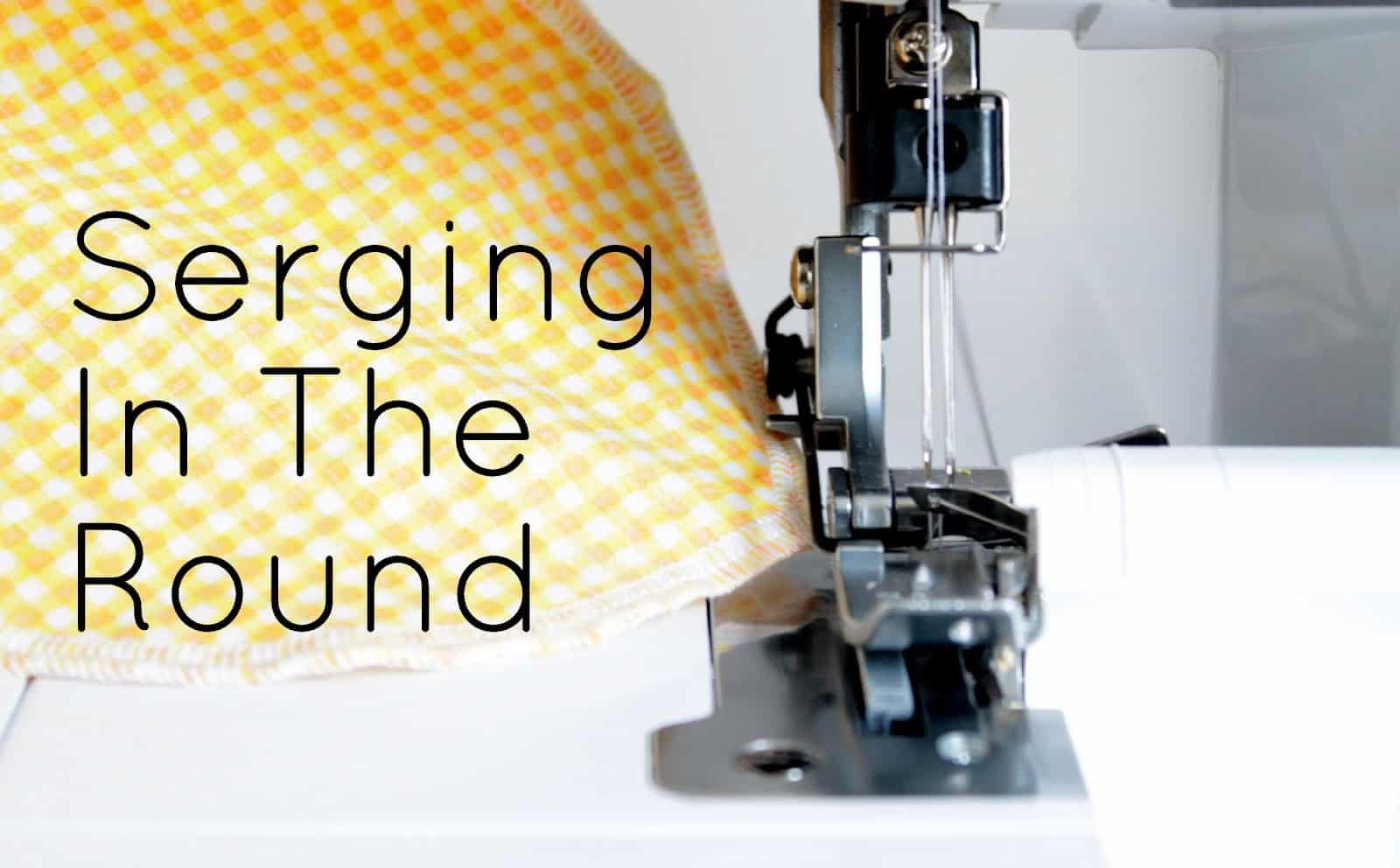
You can serge the seam before you sew it, or even after you’ve already sewn it
Some people even serge the seam as they make it
The question of whether you should sew or serge before you start sewing is one that is frequently debated in the sewing community
However, in the end, it will come down to your individual preference as well as the particular project that you are working on
It is recommended that people who are new to serging sew first and then proceed to the next step of serging
There is a possibility that there will be less room for mistakes for you, particularly when working on difficult seams
However, if you wish to sew first and then serge, it will be to your advantage when you sew things like zippers
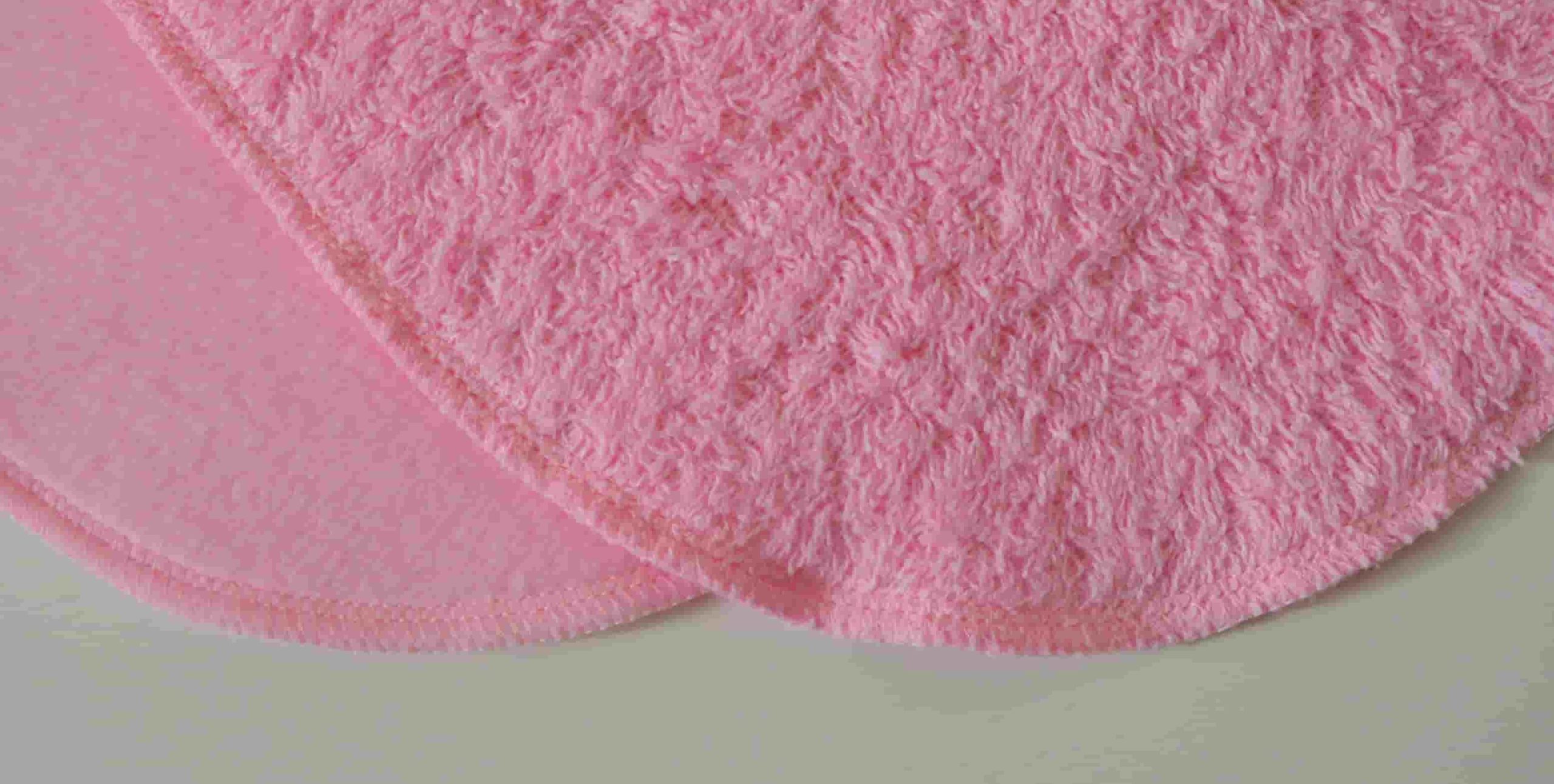
How to serge sheer fabric
Serging a sheer fabric can be scary for both experienced tailors and more professional ones
There are some of our favorite summer-weight fabrics, but how to serge it can be challenging
We adore all of them, from silk-feel to rayon and gauze, to linen, lawn, and voile
However, these gorgeous fabrics may be challenging to sew and serger with due to their delicate nature
Utilize these pointers for the best possible results when serging
Before beginning construction, pre-treat the fabric or lightly mist the fabric edges (only with washable fabrics) with a light mist of water
This will prevent stitches from being skipped on sheer materials like georgette, chiffon, and organza
Before you begin serging, you should first apply a liquid fabric stabilizer and wait for it to dry
This will provide further stability
To prevent snagging, choose needles that are both new and tiny
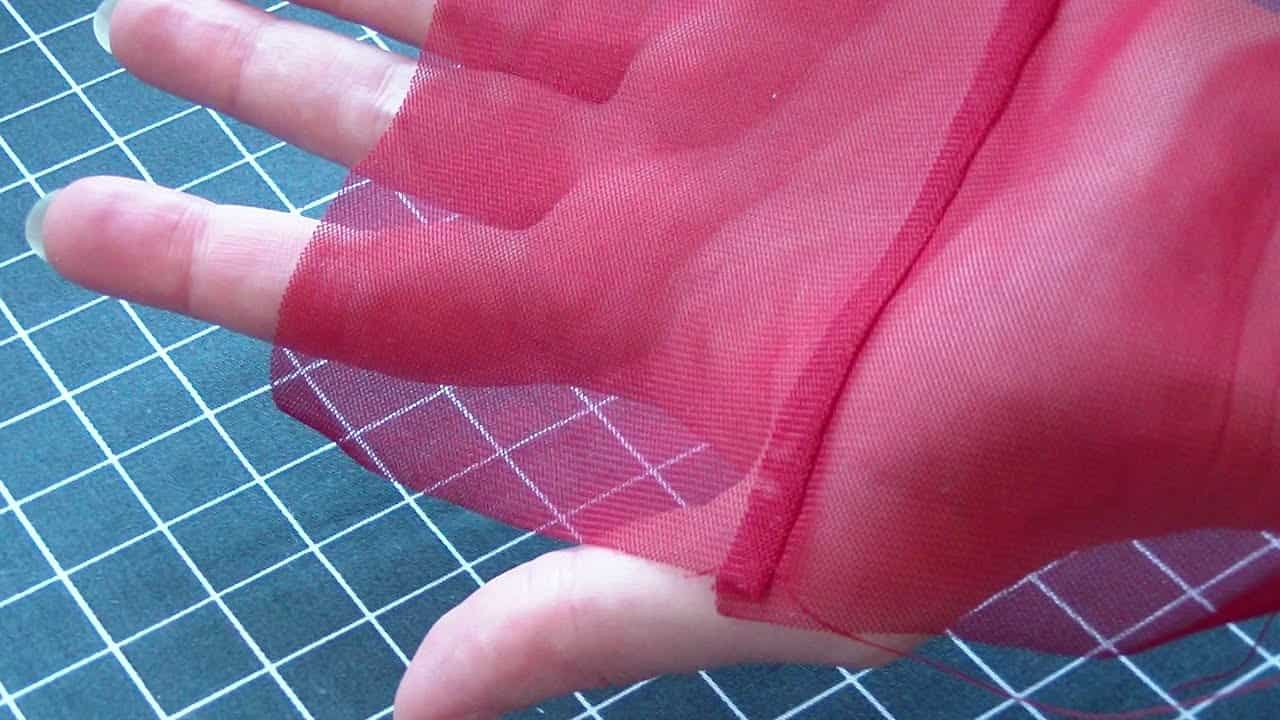
When working with lightweight textiles, it is essential to ensure that the serger knives are both sharp and clean in order to prevent uneven cutting
Before beginning construction, you should first test the seams and seam finishes on scraps of the garment fabric
When using a serger, it is possible to avoid puckering by adjusting the differential feed setting to 0
7 and/or by employing taut stitching techniques, which involve holding the cloth taut in front of and behind the presser foot
Holding the thread chain firmly at the beginning of the serging process will help prevent the fabric from sliding while you work
If the serging pulls away from the edge of the fabric, adjust the stitch to be wider and/or longer

